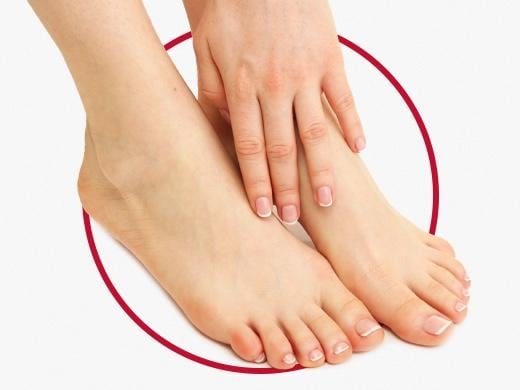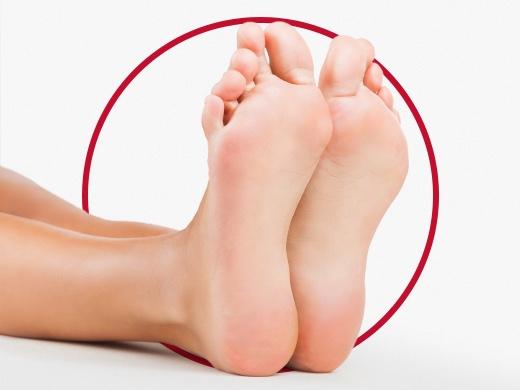Suffering from athlete's foot? Make sure you treat it as soon as possible as foot fungus can spread and affect your toenails, causing fungal nail.

Fungal nail
A fungal nail infection can be embarrassing and painful – learn more about fungal nail.
Fungal nail (onychomycosis) is a fungal infection of the nail, caused by fungi that commonly thrive in warm and moist environments. People who wear trainers for a lengthy periods of time and have hot sweaty feet have an increased chance of getting the infection. Fungal nail infections are seven times more likely to occur on your toenails compared to fingernails, but you can get them on your fingernails too.
Fungal Nail Symptoms
You might have a fungal nail infection if you notice:
-
White or yellow streaks on the nail
-
Yellow toenails or discoloured toenails
-
Thickening or distortion of the nail
-
Brittle or crumbly nails – pieces may break off and come away completely
-
Loss of lustre and shine
-
Loosening or lifting up of the nail
-
Debris trapped under the nail
-
An odour coming from the infected nail
See your doctor if:
-
Your fungal nail infection is severe and treatment has not worked
-
The infection has spread to other nails
-
You have diabetes because any foot injury can lead to complications of diabetes
-
You are pregnant

Fungal nail treatment
Even if you feel embarrassed by your infection, it is it is always recommended to consult your pharmacist or doctor for treatment options.
Fungal nail will not clear up on its own and fungal nail treatment will depend on the severity of the infection. Fungal nail infections can take long time to clear because your nail grows slowly, and you will only notice improvement once a new nail has grown through.
If your infection is mild your pharmacist may suggest:
- Anti-fungal nail cream – it can take up to 12 months to cure the infection and does not always work
- Nail-softening cream – used for 2 weeks to soften the nail so the infection can be scraped off
If your fungal nail symptoms are severe, your GP may prescribe you a course of oral anti-fungal tablets. In the most serious cases, the infected toenail can be chemically or surgically removed. Laser therapy can also be recommended for fungal nail treatment.


